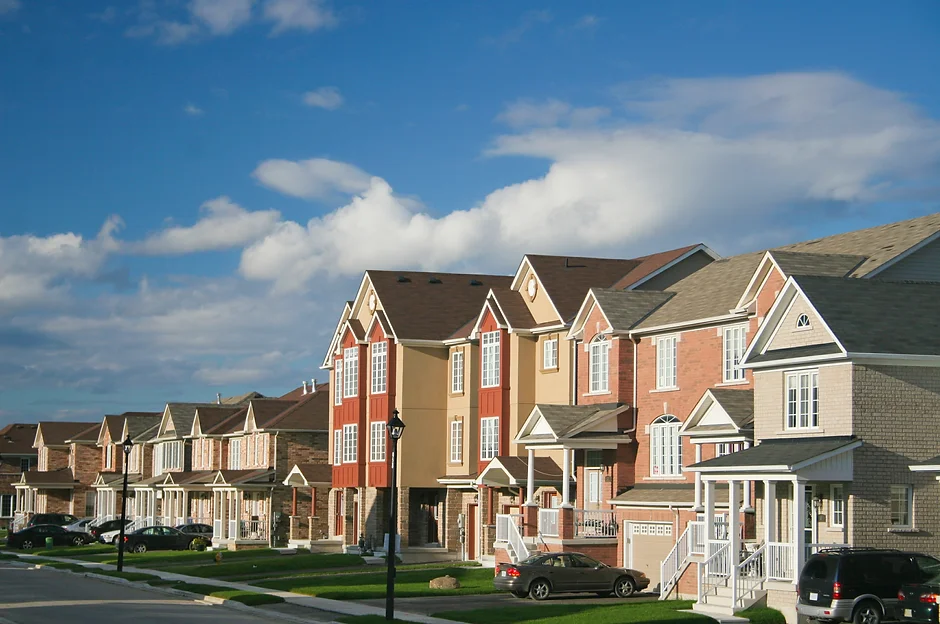Syndication is when a group of individuals or companies pool their resources (time, expertise, money, etc.) to achieve a common goal that would otherwise be impossible, or very difficult, to achieve alone. Apartment syndication, then, can be viewed as multiple parties coming together to acquire an apartment complex with the goal of making money for everyone involved. Do not confuse real estate syndication with a REIT (real estate investment trust), which is a privately or publicly traded company that owns and manages real estate holdings; syndication differs in that, when you invest with a syndicator, you own a percentage of the property itself, rather than a percentage of the company that owns multiple properties. There are several types of apartment syndication – new development, unstabilized properties, momentum play, and of course, value-add. For the purpose of this article, I will focus on value-add plays. In particular; the parties commonly involved, typical strategy used, and how all parties involved make money.
Parties
The parties at the forefront of a syndication deal include the sponsor (also referred to as the general partner, operator, or syndicator), the limited partners (or passive investors) and the property management team. There are plenty of other team members involved that make the deal work behind closed doors, including, but not limited to, a commercial broker, a team of attorneys, CPAs, and lenders.
The sponsor is more or less the work horse. They are responsible for identifying the market, underwriting the property, securing financing, overseeing the business plan/renovations and the daily activity of the property management company, ensuring strong investor relations, and managing the asset it general.
The limited partner, or investor, is the individual (or group of individuals) that provides the equity to fund the deal. Investors are, more frequently than not, required to be accredited investors* and typically have limited decision making power or voting rights, which minimizes their liability should the property fall subject to lawsuit.
The property management group is vitally important to the success of the deal. A good property management group knows the market and submarket, has experience renovating like properties, and knows the desires of the target demographic. Most often, they will oversee the renovation of the units, manage and place tenants, and market the property. If their relationship is strong, the sponsor and the property management group will work together in identifying opportunities, underwriting properties, and completing due diligence.
Strategy
Market. The first step in any value-add syndication strategy is to choose a market. Target markets are high growth MSAs (metropolitan statistical areas) with above average population and job growth and major employer diversification. Another key statistic to look at is organic rent growth, which is the rate at which the market rent is growing without any sort renovation or other value-add play.
Property. Once a market has been pin-pointed, it is then time to identify a deal/property. The most common play here is to find stabilized properties with conservative underwriting that have value-add opportunity. The asset should be stabilized because a property that is already performing (albeit not to full potential) provides the least amount of risk. It should be conservatively underwritten because no good sponsor will base projections off of the high end of key statistics – rent premiums, market rent growth, CAP rate, etc. And lastly, it should provide value-add opportunity because that is the ultimate goal; the sweet spot is a property that is old enough that renovations or rebranding will achieve solid rent premiums, but not so old that it is a money pit due to failing major systems. Due diligence is also performed at this time, with a thorough physical inspection of the property done along with a deep financial audit performed. Another important step is the capital raising process, when the general partner raises equity from the limited partners to fund the down payment, renovations, etc. with the rest of the property being secured via financing with an independent lender.
Business plan. Once the property has been closed on, the sponsor, along with the property management group, will immediately begin to implement the value-add plan, which, for novices in this space, can be viewed simply as a plan to increase NOI (net operating income). Interior/exterior renovations and rebranding are commonly at the core of a value-add play, but the team will also search for other ways to increase NOI. Maybe that is by improving revue generating amenities such as a laundry area, or maybe it is achieved through a decrease in expenses via tightening operational efficiencies. Whatever the means, the end goal remains the same – add value to the property by increasing NOI**.
Exit strategy. Once the business plan has been successfully implemented, it is then time to either hold or exit. This will depend entirely on the sponsors plan. That being said, it is common to see a 5-year hold, give or take a few years depending on the market condition as well as the business plan progress.
Money
Now to the question on everyone’s mind – how do we all make money? In a good syndication deal, everybody wins; the seller, the buyer, the second buyer (the individual or company that buys the property after the value-add play has been completed), the investors, the property management team, the construction company, the broker, the “back office teams,” and even the tenants through the creation of a better community in which they live and are actively a part of. But that still doesn’t answer the question. To break this down in to the involved parties that I focused on early, I’ll give a basic rundown of how the sponsor, the investors, and the property management group might make money from a successful deal.
The sponsor’s main component of income from a syndication deal is the split with the limited partners. Depending on the operator, you may see a straight split or a waterfall structure (see below for specific examples). A second form of revenue for the sponsor comes in two common fees; an acquisition fee and an asset management fee. The acquisition fee is a percentage of the property price paid to the sponsor at the time of close, while the asset management fee is the ongoing fee that the sponsor collects for their daily activities in overseeing and managing the asset. 2% is common to see for both of these.
The limited partners, who are majority stakeholders in the deal, fittingly receive a large majority of the profits from the operations and sale of the asset in accordance with their percentage ownership. Depending on how the sponsor operates, you will either see a straight split (example: 70/30) or a waterfall structure (example: 8% preferred to investors, after which a 80/20 split up to XX% IRR, followed by a 50/50 split). These splits are not uniform practice, and will vary by sponsor.
The property management company most often earns their piece of the pie in two ways, the construction management fee and the property management fee. The construction management fee is a percentage, typically low single digits, of the total cost of construction, while the property management fee is also a low single digit percentage of total revenue from the properties daily operations.
By no means does this article cover every aspect of every type of syndication out there, but it focuses on value-add syndication and gives a high overview of what syndication is, the parties often involved, common strategy, and how everyone gets paid. Of course, every sponsor operates differently and strategy, payout structure, means of communication with investors, etc. will likely differ from one sponsor to the next. If this blog has peaked your interest and you’d like to learn more specifics, visit my previous blog to see why I think apartment syndication is an appealing investment vehicle.
*An accredited investor is an individual who meets at least one of three requirements: (1) an income of $200K for the past two years with the expectation to make the same in the current year, (2) a net worth of $1M, excluding primary residence or (3) a married couple that has had a combined income of $300K for the past two years with the expectation to make the same in the current year.
**Commercial multi-family is calculated differently than single family homes. The calculation is FMV (fair market value) = NOI/CAP. What this ultimately means is that small changes to NOI dramatically affect the value of a property. Let’s look at an example. Assume a property is purchased for $10M at a 6.0% CAP. Part of the business plan is to install 50 covered carports for $100K that bring in $50/port monthly. This equates to an increase in NOI of $30K (50x50x12), and thus an increase in property value of FMV = (30,000)/(.06) = $500K. Not a bad ROI.



